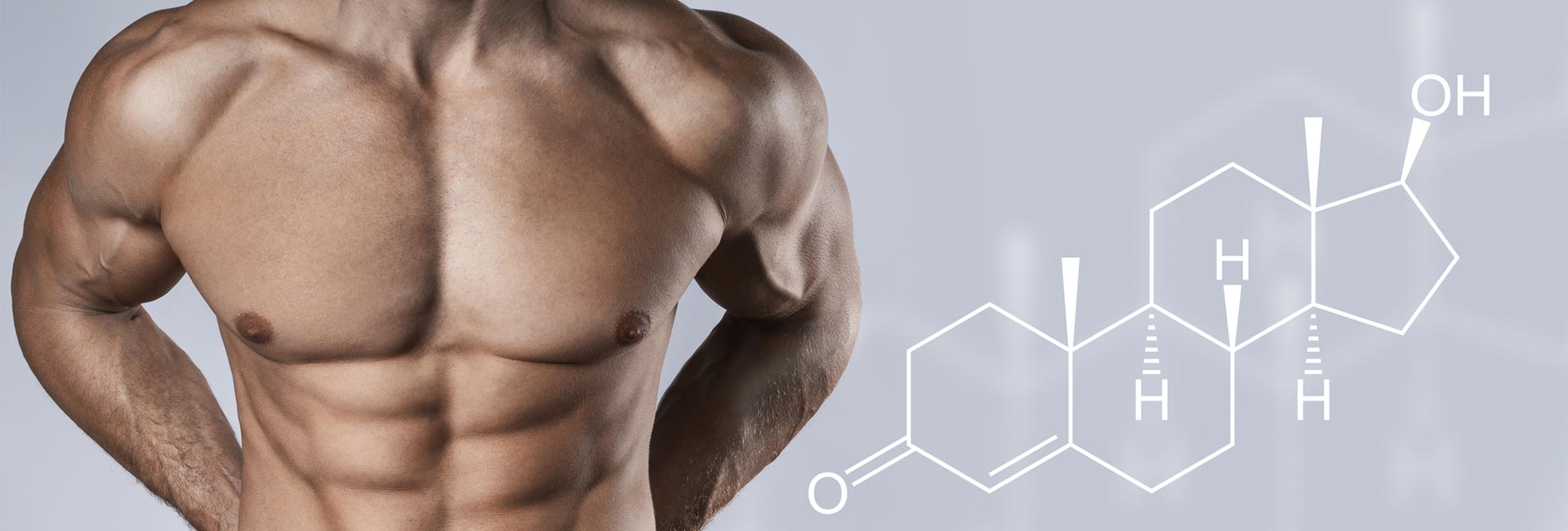Testosterone Replacement Therapy (TRT) is a medical treatment that artificially boosts testosterone levels in individuals who have low natural levels of it. The primary purpose of TRT is to improve and maintain standard health parameters influenced by testosterone, including mood, energy levels, muscle mass, and sexual function. TRT is often administered to individuals suffering from conditions such as hypogonadism, where the body produces insufficient levels of testosterone.
Benefits and Risks of Testosterone Replacement San Diego
Benefits of TRT
- Improved Mood and Energy Levels: Testosterone has a significant impact on mood and energy levels. Testosterone Replacement San Diego often results in increased energy, improved mood, and reduced feelings of fatigue or depression.
- Increased Muscle Mass: Testosterone plays a pivotal role in muscle development. Individuals receiving TRT often notice an increase in muscle mass.
- Enhanced Sexual Function: TRT can improve sexual function, including libido and erectile function, particularly in individuals with low testosterone levels.

Risks of TRT
- Blood Clots and Stroke: TRT can increase the risk of blood clots and stroke. These risks are especially high in individuals with pre-existing cardiovascular conditions.
- Sleep Apnea: Testosterone replacement therapy can exacerbate sleep apnea, a condition characterized by temporary cessation of breathing during sleep.
- Prostate Conditions: TRT can stimulate the growth of the prostate gland, leading to conditions such as benign prostatic hyperplasia or worsening existing prostate cancer.
What Happens During TRT at Testosterone Replacement San Diego?
During Testosterone Replacement Therapy (TRT), individuals with low testosterone levels receive supplemental testosterone to bring their hormone levels back to a healthier range. Here’s an overview of what generally happens during TRT.
Initial Consultation
The initial consultation involves a comprehensive discussion between the patient and the medical professional. During this meeting, the patient’s symptoms, medical history, and overall health are evaluated. If low testosterone levels are suspected, the physician may recommend blood tests to confirm the diagnosis. This stage is crucial as it helps to identify if the patient is a suitable candidate for TRT or if there are any potential risks or contraindications associated with the treatment.
Medical Evaluation
The medical evaluation stage encompasses a series of tests to ascertain the patient’s health condition and testosterone levels. These typically include blood tests to measure testosterone levels at different times of the day, given that testosterone levels naturally fluctuate throughout the day. Additional tests may be conducted if necessary, such as checking prostate health for older individuals. This stage might also involve a detailed discussion on the patient’s symptoms, lifestyle, and health goals to customize the treatment plan.
Diagnosis and Treatment Plan
Once the medical evaluation is complete, the patient’s symptoms, testosterone levels, and overall health are analyzed to determine the diagnosis. If low testosterone levels are confirmed and the patient is deemed a suitable candidate for TRT, the physician will design a personalized treatment plan and the dosage, which is carefully calibrated based on the patient’s specific needs.
Treatment Selection
The treatment selection phase involves choosing the most effective and convenient method of testosterone delivery based on the patient’s lifestyle, preference, and medical guidance. The most common forms of TRT include injections, transdermal patches or gels, and testosterone pellets.
- Injections: Testosterone can be injected directly into the muscles every one to two weeks. The body slowly absorbs the testosterone into the bloodstream.
- Transdermal Patches or Gels: These are applied to the skin daily. They allow the hormone to be absorbed directly into the bloodstream.
- Testosterone Pellets: These are small, solid pellets that are inserted under the skin in the upper buttocks. The pellets slowly release testosterone and are replaced every three to six months.

Each method has its unique benefits and potential side effects. Therefore, it’s crucial to discuss them with the healthcare provider to ensure the chosen treatment aligns with the patient’s needs and lifestyle.
Treatment Initiation
Once the treatment method has been selected and the personalized plan established, the treatment initiation phase begins. This phase typically involves the administration of the first dose of testosterone under the supervision of a healthcare provider. The healthcare provider will also outline the expected timeline for noticing improvements in symptoms and will schedule regular follow-up appointments to monitor the patient’s response to the therapy, adjust dosages if needed, and check for any potential side effects.
Regular Monitoring
Regular monitoring is a crucial part of Testosterone Replacement San Diego. During this phase, healthcare professionals closely monitor the patient’s response to therapy and any potential side effects. This typically involves regular check-ups and blood tests to measure testosterone levels and ensure they are within the target range. It’s also an opportunity for the patient to communicate any concerns or changes in symptoms they may have noticed. The frequency of monitoring may vary based on individual needs and the specific treatment plan, but it typically takes place every few months.

Adjustments and Dosage Changes
As the treatment progresses, adjustments and dosage changes may become necessary. This is often a direct result of the monitored feedback during the regular check-ups. If a patient experiences side effects, feels no improvements, or if blood tests show testosterone levels are not within the target range, dosage adjustments may be required.
Lifestyle Considerations
While undergoing TRT at Testosterone Replacement San Diego, certain lifestyle considerations can enhance the effectiveness of the treatment and improve overall health.
Ongoing Care
The final phase of TRT is ongoing care, which is an essential aspect of the therapy. This phase involves continuous monitoring of the patient’s health and well-being, coupled with necessary adjustments to the treatment plan as per the patient’s evolving needs and responses to the therapy. Regular follow-ups, which include clinical evaluations and routine blood tests, are a part of ongoing care to ensure that the therapy remains safe and effective.
Potential Side Effects Management
Managing potential side effects is an essential part of Testosterone Replacement Therapy (TRT). Patients may experience a range of side effects including changes in mood, skin reactions, increased red blood cell count, or issues related to prostate health. Regular check-ups and open communication with the healthcare provider are crucial in this phase to ensure that any side effects are identified early and managed promptly.
It’s crucial to remember that TRT should always be undertaken under the guidance of a qualified healthcare provider. Your healthcare provider will tailor the treatment plan to your individual needs, monitor your progress, and make adjustments as necessary to achieve the best possible outcomes while ensuring your safety and well-being.

